Fighting Food Insecurity In Hollywood
Food
Martin Luther King Jr said, “I have the audacity to believe that people everywhere can have three meals a day for their bodies, education and culture for their minds, and dignity, equality and freedom for their spirits”. It wasn’t by chance that Dr. King listed food at the beginning of that statement. Humans require nourishment above all else. That fact usually goes unnoticed by most of us who get plenty of it. However, for the most vulnerable in our society, the certainty of that next meal is more precarious.
A household is described as food insecure by The US Department of Agriculture if it experiences either Low Food Security: “a reduction in the quality, variety, or desirability of diet with little reduction in food volume”, or Very Low Food Security: “indicated by disrupted eating patterns and a lower food intake.” Nationally, food insecurity affects 13% of U.S. households, which means that at some point during the year they encounter obstacles to purchasing nutrients like fruits, vegetables, lean meats, and foods high in fiber. Low-income communities, communities of color, those with less education, and the unemployed are more likely to suffer from food insecurity.
Locally, food insecurity is an immense problem in Los Angeles. According to 2018 data, 516,000 households in Los Angeles County suffered from food insecurity. That number represents 26.8% of all households with incomes below 300% of the Federal Poverty Level, which for a family of four was $75,300 in 2018 . Another 203,000 households suffered from very low food security. The graph below illustrates the persistence of food insecurity in Los Angeles since 2002. Additionally, food consumed by the food insecure often has poor nutritional content. The Los Angeles County Department of Public Health reported that obesity, diabetes, hypertension, high cholesterol, and current depression were all higher for people living in food insecure situations. This may be because food insecure people are more likely to buy, poor-quality fast-food that is high in saturated fat, sugar, and salt. This type of food is often cheaper, requires little preparation, and is more available in low-income communities.
Shelter
The daily struggle to secure food relegates other endeavors, including acquiring shelter, to the background. Other needs, like mental health treatment or employment, become distant afterthoughts when confronting acute hunger. On any given night, there are nearly 59,000 people experiencing homelessness in Los Angeles County. Los Angeles lacks the public housing infrastructure that exists in other cities. New York, for example, oversees 170,000 public housing units, while Los Angeles administers just 11,000.
Additionally, structural racism embedded in the housing market over the last hundred years has left black and Latino/a communities with lower homeownership rates, which forces them into a rental market that is growing more expensive each year. A 2019 report found that the average Los Angeles rent is $2,527, an increase of 65% since 2010. Nationally, the average over that same period is 36%. A USC report found that in the Los Angeles region, 73% of households were rent burdened which is defined as spending more than 30% of household income on rent and utilities. Forty-eight percent spent more than 50% on on rent and utilities, making them severely rent-burdened. Black and Latino communities are more likely to suffer both kinds of rent burden.
Unsurprisingly, then, low-income individuals and people of color are more likely to experience housing instability, which is defined as having a history of homelessness or not having a place to live in the last five years. Food insecurity often accompanies housing instability, working in tandem to destabilize the lives of vulnerable populations. In 2018, more than half of individuals with housing instability also experienced food insecurity of some kind. This correlation can be seen in the graph below.
Hollywood
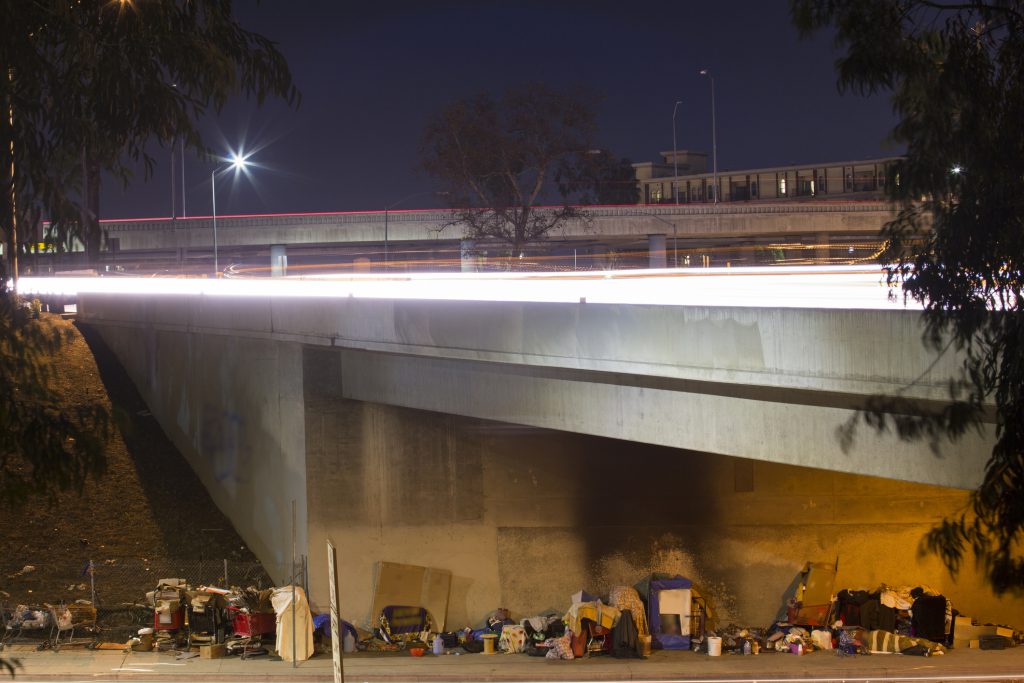
The number of unhoused persons varies from neighborhood to neighborhood across LA County. Hollywood has a particularly large homeless population. According to the Los Angeles Homeless Services Authority, the agency that conducts the annual countywide homeless count, Hollywood had 1,465 homeless persons in 2019. The highest concentration of unhoused persons was along Hollywood Blvd, east of Vine St and south of the 101 Freeway. As evident in the visualization below, Hollywood has the most people experiencing homelessness after downtown and Westlake.
Food Insecurity is also high in Hollywood. The Service Planning Area that contains Hollywood had the highest percentage of individuals, 15.8%, experiencing ‘very low food security’ in Los Angeles County. While there are some resources for the homeless in Hollywood, the amount of those resources in proportion to the unhoused population is low. Resources specifically for feeding the homeless are particularly scarce.
Food First
In 1943 American psychologist Abraham Maslow suggested that human needs can be arranged in a pyramidal hierarchy, with life-sustaining needs like food and water at the bottom and increasingly abstract goals like self-fulfillment at the top. His five categories of needs, in order of priority, are: physiological, safety, love, esteem, and self-actualization. Basic, physiological needs must be met before people are motivated to tackle higher ones. A food-insecure person has probably neglected a host of other physical, psychological, and emotional needs in their quest for sustenance. Indeed, research has indicated that housing instability and food insecurity can lead to delays in pursuing medical care. Helping people transcend food insecurity means a return to high-quality food that can improve physical and mental wellbeing, which can create a more solid foundation for a path toward a better life. With that in mind, the ‘food first’ approach makes access to consistent high-quality food the starting point and the gateway to a broader network of support services. Access to high-quality food, along with shelter, enables people to begin addressing substance abuse and mental health issues and a panoply of other personal goals that can improve their quality of life.
Hollywood Food Coalition
Hollywood Food Coalition (HoFoCo) embraces this food first approach, providing high-quality meals in a safe, nurturing environment. With a 35-year history, HoFoCo serves more than 83,000 meals each year to food-insecure and low-income individuals at its nightly Community Dinner on Hollywood Boulevard. HoFoCo is the only service providing meals seven nights a week between Santa Monica and Downtown. They see more people each day than any other social service organization in Hollywood. Guests consistently return to HoFoCo, often coming from other parts of the city, for the safe environment and delicious food. HoFoCo also provides high-quality food to their partner nonprofit social service agencies through their Community Exchange. The extent of their distributions can be seen below.
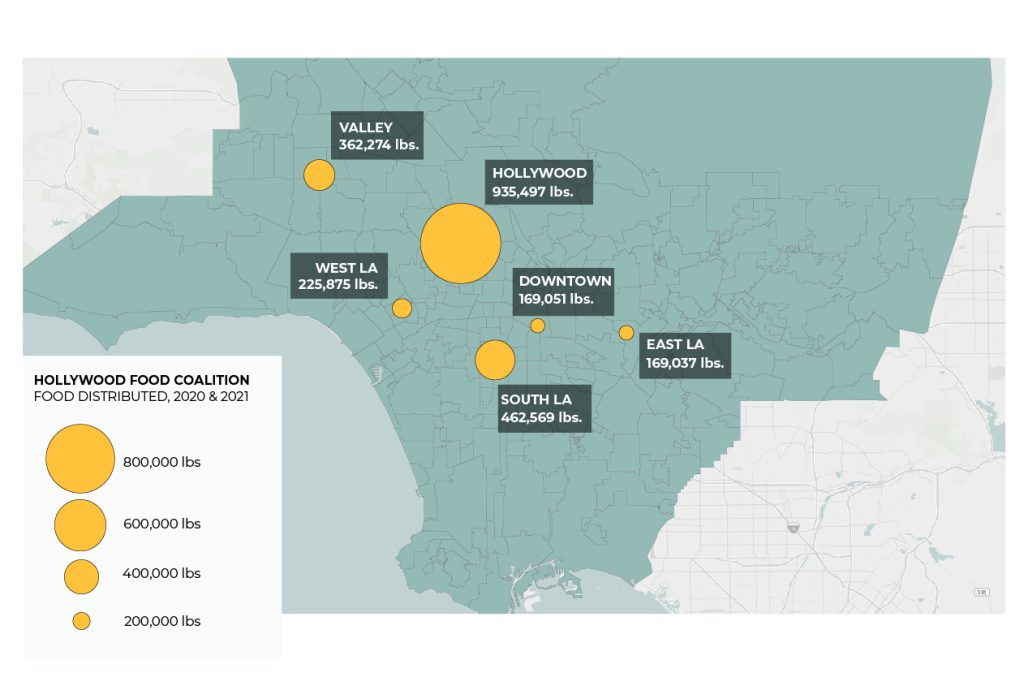
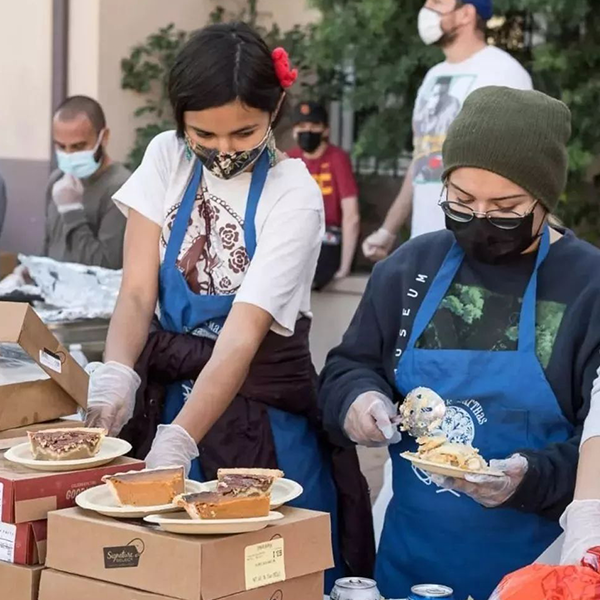
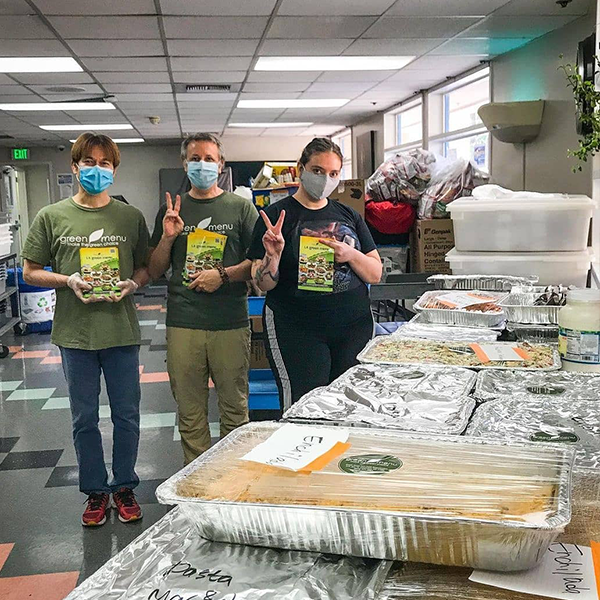
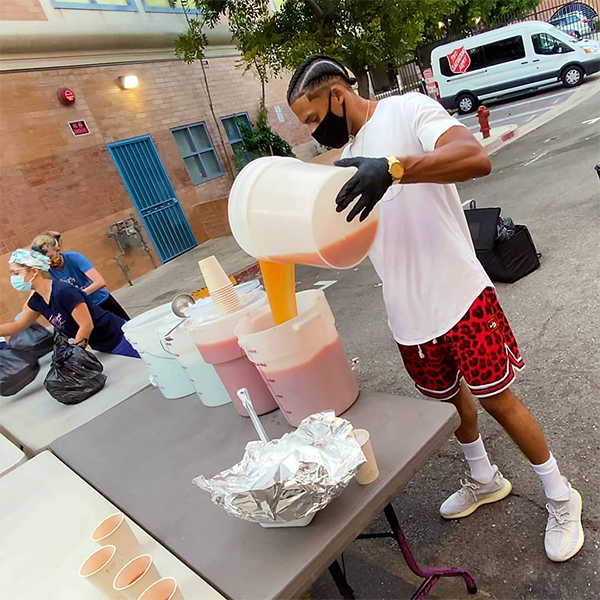
At HoFoCo, providing good food in a safe atmosphere is only the first step in replenishing hope. In addition to a hot meal, guests can access clothing, shoes, blankets, hygiene items and other basic needs. HoFoCo staff and volunteers work to build trust with their guests and connect them with other agencies within the social safety net that can begin to address housing, medical, psychological, and employment needs. They also work with businesses, policymakers, places of worship, and donors who want to create resilient communities. By building a solid community through the sharing of food and resources, HoFoCo aims to improve the quality and accessibility of service provision to people in need throughout Los Angeles. To donate, volunteer, or get involved visit: www.hofoco.org or email: info@hofoco.org


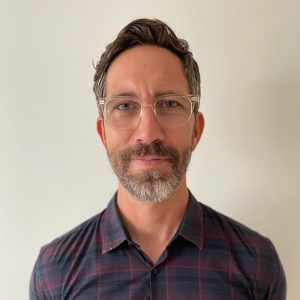
Dan Oberle
Dan Oberle is pursuing a Master of Urban Planning degree at The Price School. Prior to his arrival at USC, Dan worked as a documentary film editor in Los Angeles for many years. At USC he hopes to focus on housing and how the built environment influences cities as complex, social-ecological systems. He believes that design and data can be powerful tools to address the hidden inequities embedded in these systems. Dan holds a bachelor’s degree from Florida State University.
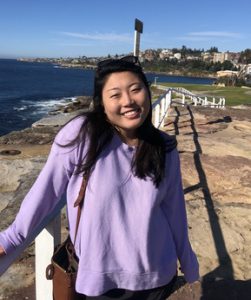
Aileen Qin
Aileen is a Master of Urban Planning (Class of 2022) student at the USC Sol Price School of Public Policy with a concentration in environmental planning and analysis. She obtained her undergraduate degree in environmental studies with a minor in gender and sexuality studies from Rhodes College in Memphis, TN. Aileen’s interests lie in GIS mapping and public parks and her dream is to utilize GIS technology to create accessible greenspaces that serve as solutions to a wide variety of community problems. She is originally from Houston and enjoys hiking, farmer’s markets, and the color pink!
Sources
Kushel, M.B., Gupta, R., Gee, L. et al. Housing instability and food insecurity as barriers to health care among low-income americans. J GEN INTERN MED 21, 71–77 (2006). link
Los Angeles County Department of Public Health. Food Insecurity in Los Angeles County Before and During the COVID-19 Pandemic, November 2021. link
Los Angeles Homeless Services Authority. Homeless Services System Analysis: Envisioning an Optimal System in Los Angeles, March 2020. link
Lupa, Irina. Rent Cafe. “The Decade in Housing Trends: High-Earning Renters, High-End Apartments and Thriving Construction”, December 2019. link
Rosen, J., Angst S., De Gregorio, S., Painter, G., (2020). How Do Renters Cope with Unaffordability? USC Sol Price Center for Social Innovation. link
Photo Attributions
Cover Photo: Photo courtesy of Istock/kuarmungadd
Photo 1: Photo courtesy of Istock/MattGush
Photos 2-6: Photos courtesy of Hollywood Food Coalition

